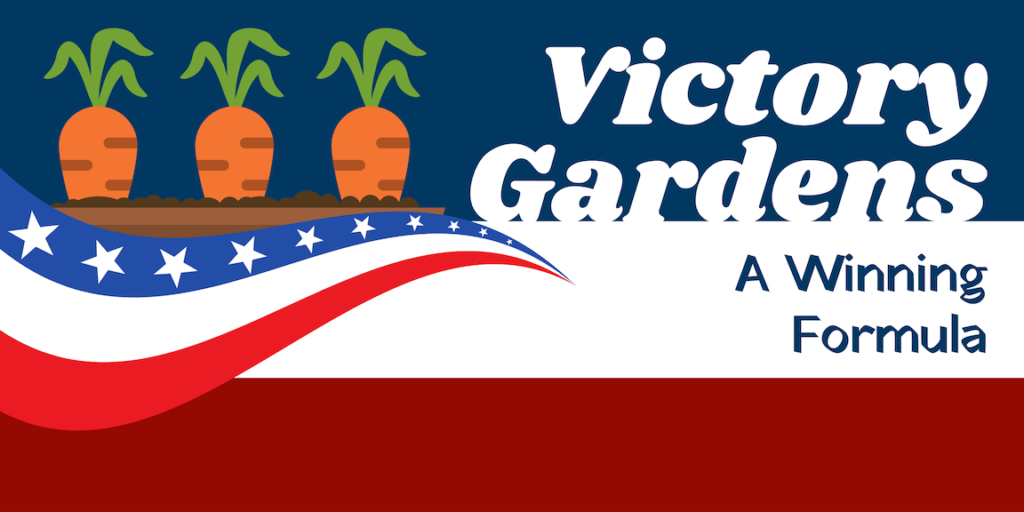When you plant a victory garden, you bring history to life. These gardens were popular during World Wars I and II, planted by citizens to support the cause and provide the public with fresh vegetables. In this infographic, we take a closer look at how victory gardens benefited America, as well as how you can continue to reap their benefits today. For more gardening advice and ideas to plan your garden, take advantage of our helpful how-to guides and easy-to-use products.
Victory Gardens: A Winning Formula
Victory gardens once empowered American citizens to grow their own produce during wartime. Learn about this patriotic form of vegetable gardening to see how you can bring it out of the history books and into the present day.
A Brief History Lesson
Bolstering the War Effort
During World War I and II, efforts were made throughout the United States to reduce concerns over food shortages. The government encouraged regular citizens to grow produce for both their families and their communities. This was an effort that came to be known as victory gardens.
How Victory Gardens Prevailed
Victory gardens were encouraged not only to overcome the lack of agricultural production but also as a method of family fun and recreation.
- WWI: 5+ million gardens
- WWII: 20+ million gardens
Tasting Victory
Areas with the largest communal victory gardens:
- Boston
- New York
- Philadelphia
- Detroit
- Chicago
- St. Louis
- Tallahassee
- Dallas
- San Francisco
- Portland
By 1944, 40% of all vegetables grown in the U.S. came from victory gardens.
In 1943, there were 2 urban gardens for every 1 farm garden
Prolific Producers
The most commonly planted crops during this time were those that had high yields and were efficiently grown. There were options for year-round production that included:
- Cool Weather Crops: lettuce, carrots, broccoli
- Warm Weather Crops: tomatoes, peppers, corn
Where did people grow victory gardens?
- Backyards
- Parks
- Baseball fields
- Empty lots
- Rooftops
A Victory of Your Own
Victory gardens are still relevant today. That’s because the results remain the same: harvesting your own fresh, tasty produce.
Tips for Assured Victory
- Find Your Hardiness Zone: Determining your soil’s hardiness can help you decide what grows best.
- Strengthen Your Crops: Jobe’s Organics potting mix and granular fertilizers are ideal nutrient-boosters for victory garden produce.
Did you know? Victory gardens help combat climate change by using sustainable gardening practices.
Victory gardens don’t have to be a thing of the past. With the right products and a little bit of effort, you can support a worthy cause of your own: the pursuit of delicious produce. Try our line of Jobe’s Organics products today for help in making your victory garden an all-American success!


